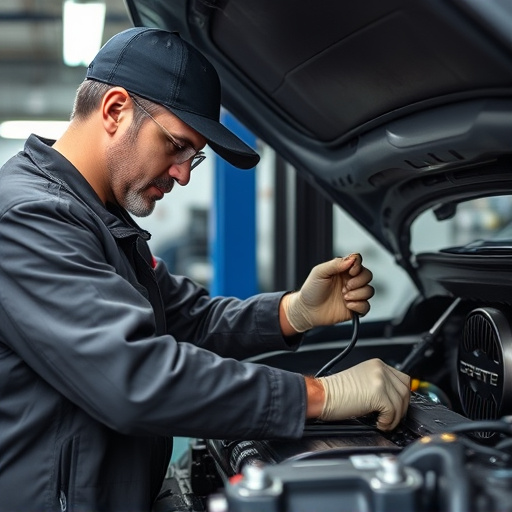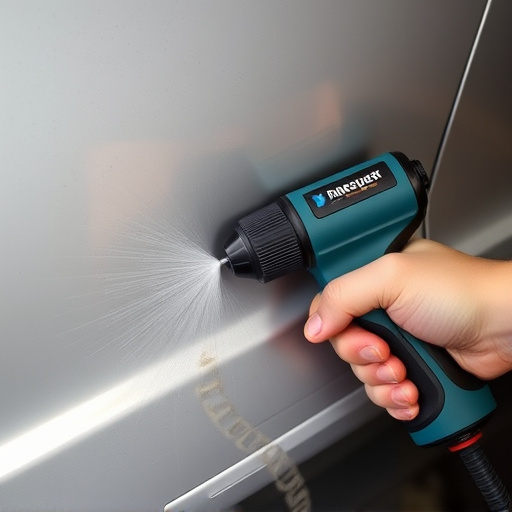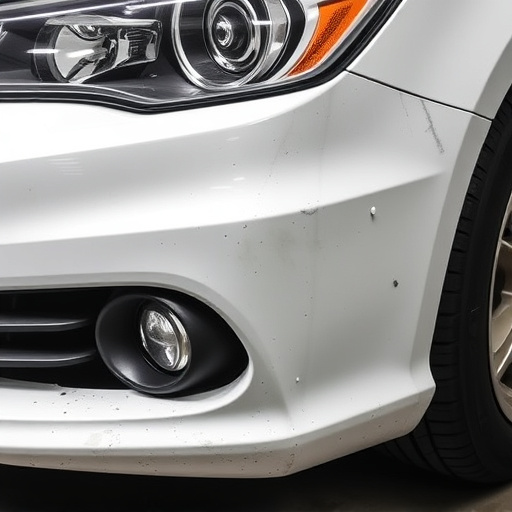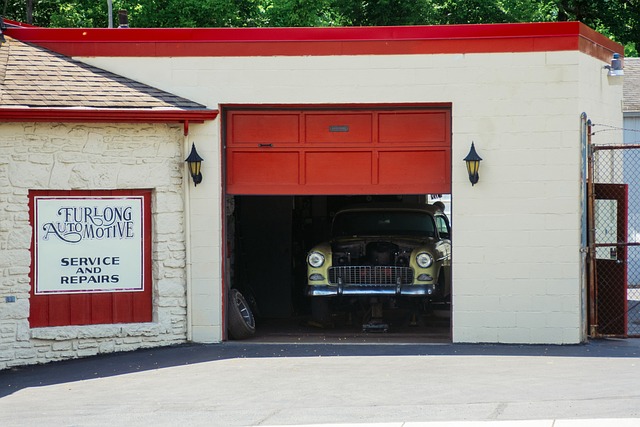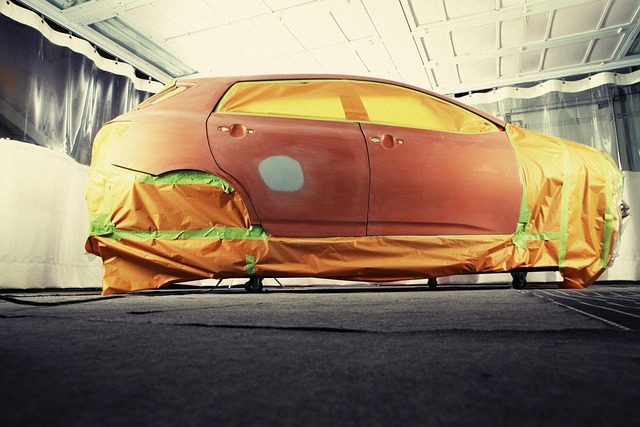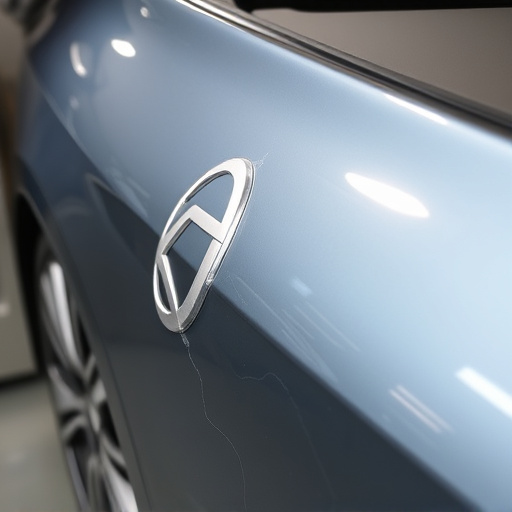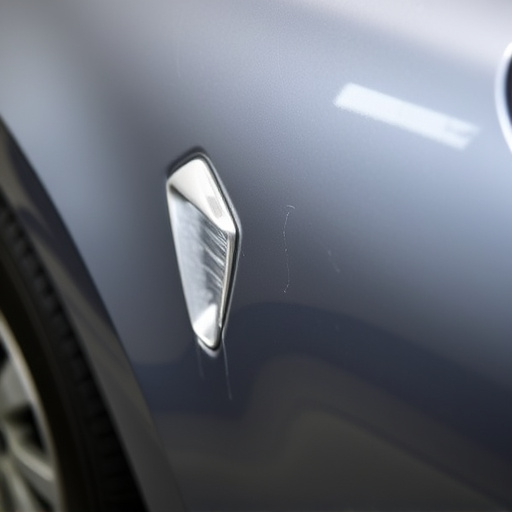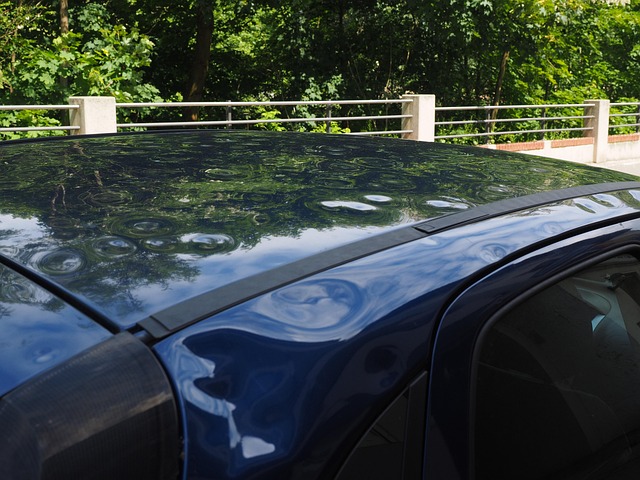Sustainable collision centers are transforming the automotive sector by embracing eco-friendly practices. These centers minimize environmental impact through waste reduction, recycling, and using recycled materials in repairs. They employ advanced techniques for fender repair and painting, all while optimizing energy efficiency. By prioritizing sustainability, these centers offer cost-effective, high-quality services that benefit both customers and the planet, paving the way for a greener future in auto collision repair.
In today’s eco-conscious world, the automotive industry is undergoing a green transformation. This article explores the concept of sustainable collision centers, where waste minimization is not just an initiative but a core principle. We delve into the strategies and innovations that reduce environmental impact during repair processes. From adopting eco-friendly materials to implementing efficient practices, these methods contribute to a greener future for both collision centers and our planet. Understanding and embracing these sustainable collision center methods are crucial steps towards minimizing waste output and fostering ecological responsibility.
- Understanding Sustainable Collision Centers: The Eco-Friendly Approach
- Implementing Waste Reduction Strategies in Repair Processes
- The Future of Green Collision Centers: Innovations and Best Practices
Understanding Sustainable Collision Centers: The Eco-Friendly Approach
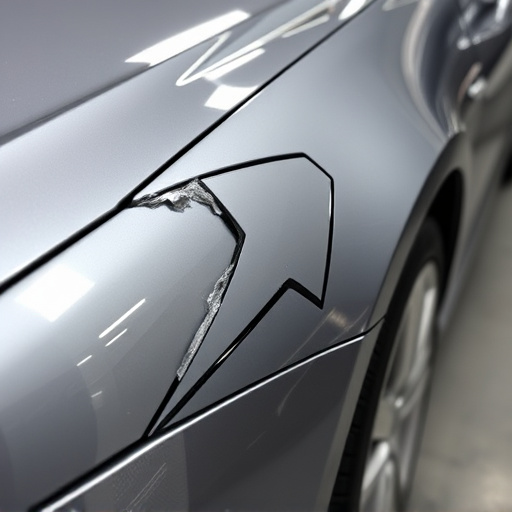
Sustainable collision centers are transforming the automotive industry by adopting eco-friendly practices that minimize waste and environmental impact. These centers go beyond traditional automotive collision repair, focusing on reducing, reusing, and recycling materials to create a greener process. By implementing innovative techniques, they strive to conserve resources and energy, ensuring a more sustainable future for both the industry and the planet.
In terms of luxury vehicle repair, sustainable collision centers take pride in their ability to meticulously restore high-end vehicles while upholding environmental standards. They utilize specialized equipment and advanced training to handle these intricate repairs without generating excessive waste. This approach not only benefits the environment but also ensures that precious resources are preserved, making it a win-win situation for both car owners and the ecosystem at large.
Implementing Waste Reduction Strategies in Repair Processes

At sustainable collision centers, implementing waste reduction strategies is integral to minimizing environmental impact during auto collision center repairs. By adopting eco-conscious practices, these facilities can significantly lower their carbon footprint while ensuring high-quality fender repair and other auto repair services. Simple measures like using recycled materials for parts replacement, optimizing energy usage through efficient tools and lighting systems, and implementing a comprehensive recycling program for scrap metal and plastics are effective ways to achieve this balance.
Furthermore, sustainable collision centers can reduce waste output by employing advanced techniques in fender repair that extend the life of vehicle components. This includes precision fabrication methods that minimize material waste during body panel restoration and innovative painting processes that utilize water-based paints, reducing both pollution and consumption. As a result, these centers not only contribute to a greener environment but also offer cost-effective solutions for customers seeking top-notch auto collision center services, including reliable fender repair.
The Future of Green Collision Centers: Innovations and Best Practices

The future of the automotive industry lies in sustainability, and collision centers are no exception. Green collision centers are not just a trend but an essential step towards reducing the environmental impact of car collisions. These centers adopt innovative practices to minimize waste and energy consumption during vehicle dent repair and paint repair processes. By implementing eco-friendly technologies, they strive to make car collision repair more efficient and less harmful to the planet.
One prominent innovation is the use of water-based paints and biodegradable solvents for vehicle paint repair, replacing toxic chemicals. Additionally, recycling and upcycling materials, such as using recycled metal and plastic for repairs, significantly reduces waste output. Many sustainable collision centers also employ advanced equipment for efficient energy usage during vehicle dent repair processes, ensuring that every aspect of car collision repair contributes to a greener future.
Sustainable collision centers are not just a trend, but a necessary evolution in the automotive industry. By implementing waste reduction strategies and embracing eco-friendly practices, these facilities minimize their environmental impact while providing quality repairs. As we look to the future, innovations in green collision center design and technology promise to further reduce waste output and create a more sustainable landscape for the industry as a whole.
